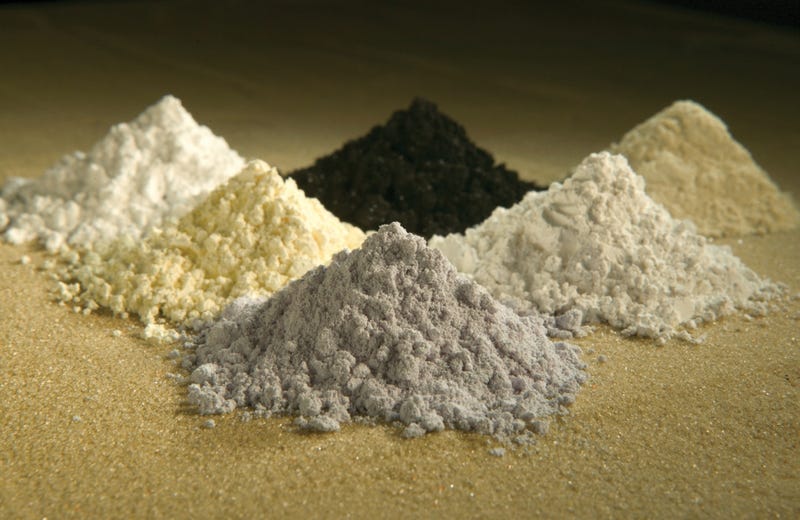
In March 1968, a Soviet Golf II submarine carrying nuclear ballistic missiles exploded and sank 1,500 nautical miles northwest of Hawaii. Five months later, the US government discovered the wreckage—and decided to steal it. So began Project AZORIAN, one of the most absurdly ambitious operations the CIA has ever conceived.
The potential payoff of Project AZORIAN was tremendous—a detailed look at Soviet weapons capabilities, and maybe some highly coveted cryptographic equipment. But the 1,750-ton submarine had sunk to a depth of 16,500 feet, and a massive recovery ship was needed to haul it up. So the CIA recruited Howard Hughes to provide a cover story that would explain why it was building a 619-foot-long vessel.
Hughes, the story went, was going to mine manganese nodules—potato-sized rocks that form naturally on the abyssal plains—through his holding company Summa Corporation. A billionaire industrialist building a crazy new ship to seek treasure on the ocean floor? It sounded plausible enough, and the public bought it.
“At the time, people didn’t realize this was all a big ploy,” oceanographer Frank Sansone of the University of Hawaii at Manoa told Gizmodo. “What’s fascinating is that the CIA’s cover story set up a whole line of research about manganese nodules.”
Over the years and decades to come, private industries would discover that manganese nodules contain tremendous quantities of rare earth metals—precious elements at the core of our smartphones, computers, defense systems, and clean energy technologies. We have an endless need for these metals, and limited land-based supplies. Now, forty years after that CIA plot, we’re on the verge of an underwater gold rush. One that could, one day, allow us to tap into vast rare earth reserves at the bottom of the ocean.
“You can basically supply all the rare earths you need from the deep sea,” John Wiltshire, director of Hawaii’s Undersea Research Lab told Gizmodo. “All of the technology needed to do so is now in some form of development.”
But even if we desperately want to, mining the seafloor for rare earths isn’t going to be easy. Like Project AZORIAN, it’s going to be fraught with technical challenges and enormous risks.
The term “rare earth” is misleading. A group of seventeen chemically similar elements—including the 15 lanthanide metals, scandium, and yttrium—rare earths are actually plentiful in Earth’s crust. Cerium is more abundant than lead, and even the least common rare earths are hundreds of times more plentiful than gold.
[“Source-gizmodo”]
 Techosta Where Tech Starts From
Techosta Where Tech Starts From